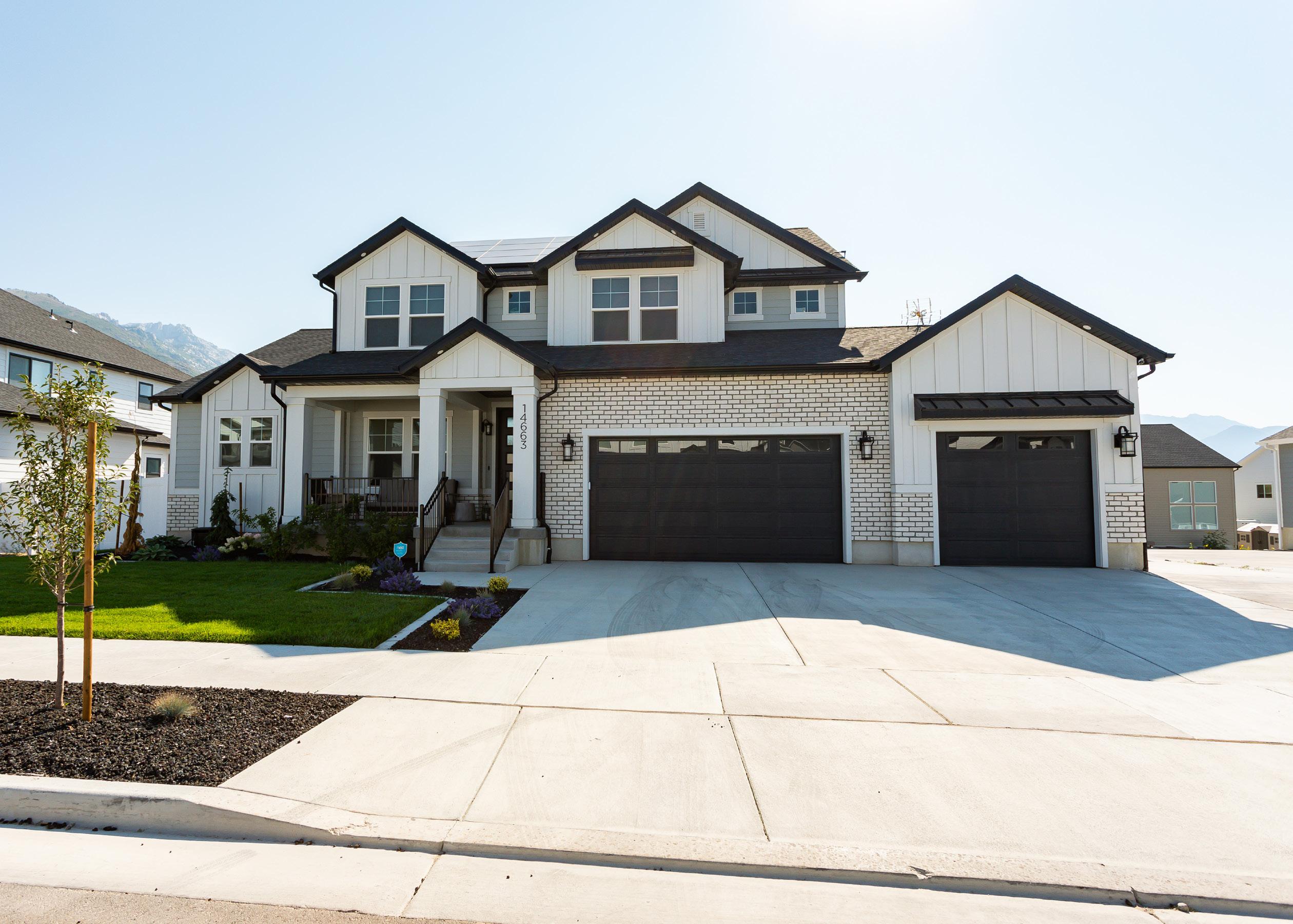

LANDSCAPING
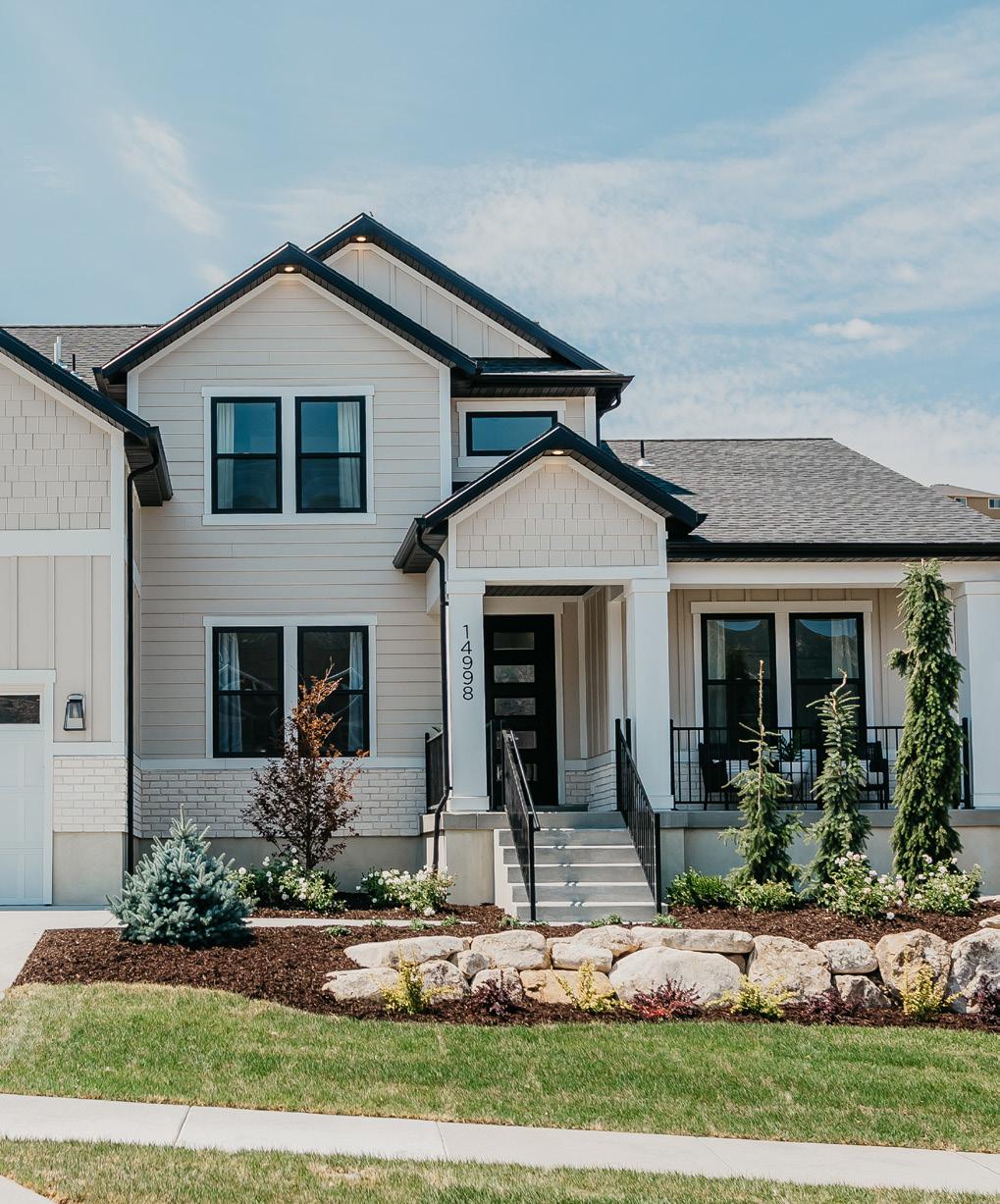
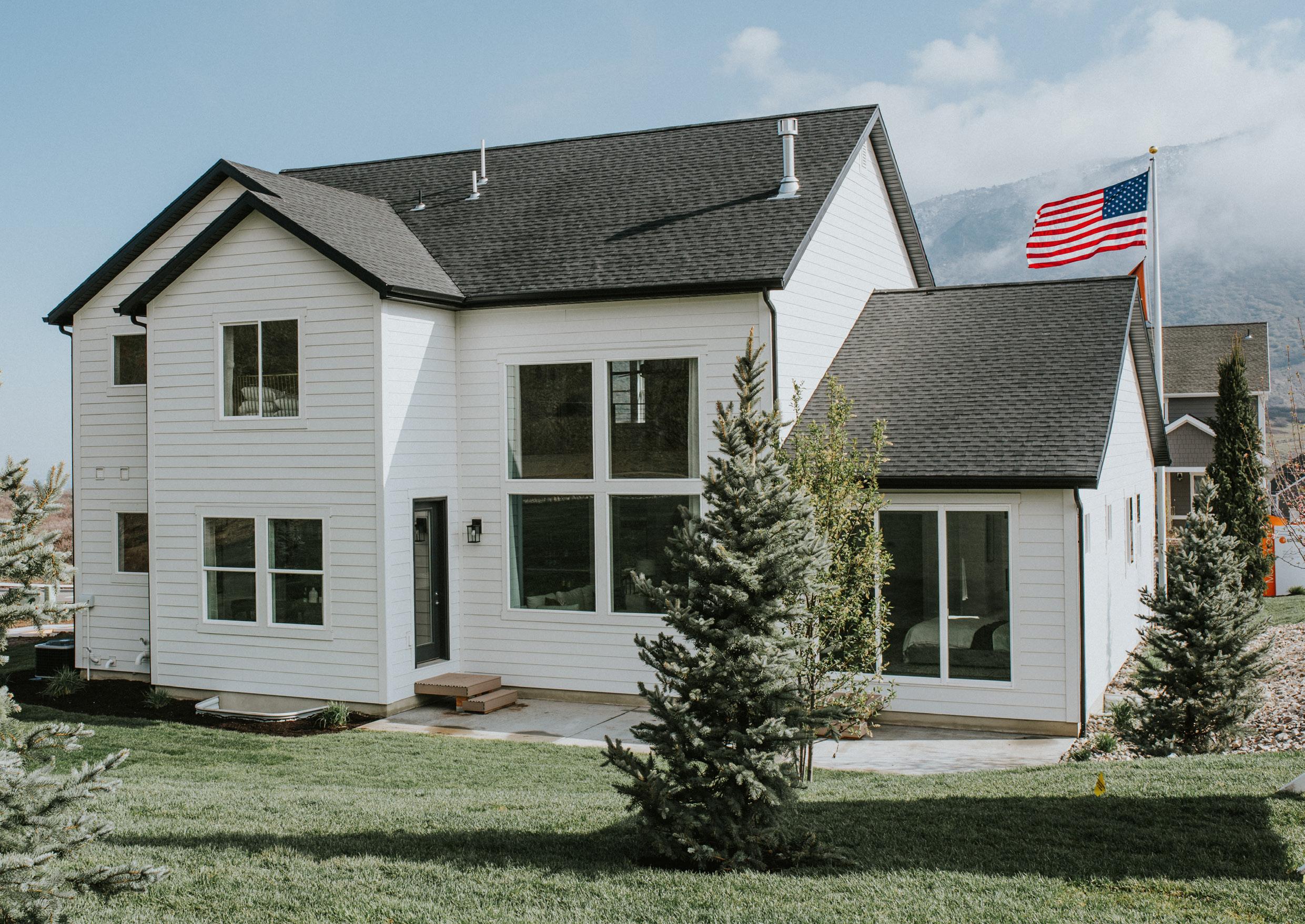
EDGEhomes LANDSCAPING
This document contains vital information to help you maintain your landscaping. Please keep these important points in mind to help minimize the risks of erosion, flooding, and settling at your new home.
Landscaping must be maintained to ensure proper drainage of surface water to minimize the risks of erosion, flooding, and settling.
Grounds, plants, and materials around the home need to be maintained to provide a positive slope away from the home on all sides.
Existing flow lines must be maintained and must not be blocked or redirected.
If erosion, flooding, or settling occurs due to surface water, sprinklers, or roof runoff, it is the homeowner’s responsibility to correct and maintain proper flow and drainage of surface water.
It is the homeowner’s responsibility to not overwater their landscaping, and to prevent their water from causing erosion, flooding, or settling issues to their property as well as neighboring properties.
By inspecting your property regularly, and performing regular preventative and corrective maintenance, you will ensure the proper drainage of surface water and minimize the risks of erosion, flooding, and settling.
KEEP THESE IMPORTANT POINTS IN MIND TO HELP MINIMIZE THE RISKS OF EROSION, FLOODING, AND SETTLING AT YOUR NEW HOME
SPRINKLER CONTROL BOX
Your sprinkler control box regulates the days, times, and durations that each sprinkler zone waters your lawn or plants. These schedules must be properly regulated to prevent overwatering to minimize the risk of erosion, flooding, and settling.
During warmer months, you should water 2 or 3 times a week.
During spring and fall, you should water once a week.
Your sprinkler system should be off during winter or typically October through May.
Make sure you have program A set up correctly and that you don’t accidentally have any other programs running in the background, or you will overwater.
Do not overwater as this will increase the risk of erosion, flooding, and settling near your or your neighbor’s homes. Each homeowner is responsible for their water and is liable for damage caused due to improper drainage or overwatering.
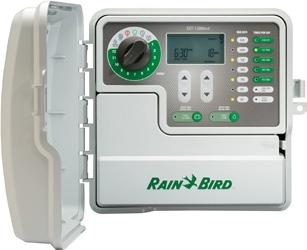
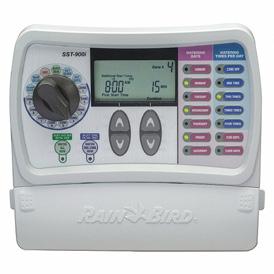
HOW TO SET UP YOU SPRINKLER CONTROL BOX SETTINGS
Adjust the clock and date.
Schedule the desired start time.
Set the correct run time per zone. (Run times per zone will vary depending on sprinkler type, temperature, season, and ground conditions.)
Set the days of the week to water.
See your sprinkler control box manual, or visit
https://www.automatedrain.com/how-to-videos/ for more details.
DOWNSPOUT EXTENSIONS
Downspout extensions disperse roof water away from the foundation of your home to minimize the risks of erosion, flooding, and settling.
Extensions need to be secured to the end of each downspout.
Extensions need to be secured to the ground away from the home.
Extensions need to be placed and maintained to direct roof water away from the foundation of the home and into designated drainage flow lines or collection areas.
Ensure that all downspout extensions are buried properly to maintain slope away from the home.
Ensure that all popups are correctly installed and maintained to prevent blockages or breaks.
Downspout extensions require upkeep to maintain connections, placement, drainage, and discharge.

Downspout Extensions

Expose Popup
SWALES, BERMS AND SLOPES
Swales, berms, and slopes direct or hold surface water away from the foundation of the home and into designated drainage flow lines or collection areas.


Existing swales, berms, and slopes require upkeep to maintain placement, size, and water-directing capabilities.
Swales, berms, and slopes must be incorporated into and/or replaced by final landscaping to maintain an equal or greater positive effect on proper drainage.
Swales, berms, and slopes either need to be maintained as installed and covered with erosion-resistant materials or plants, or they can be replaced with erosion-resistant and runoff-resistant materials and plant surfaces as long as their water directing capabilities are maintained.
If homeowner-placed landscaping, swales, or berms are added, they must be placed and maintained in accordance with the proper directing of surface water to minimize the risk of flooding or settling.
GROUND COVER MATERIALS AND PLANTS
Ground cover materials and plants direct or hold surface water away from the foundation of the home and into designated drainage flow lines or collection areas.
Ground cover materials and plants need to be placed and maintained to hold soil in place and minimize erosion and maintain proper drainage.
Ground cover materials and plants require upkeep to maintain placement, water-directing capabilities, and soil holding capabilities.
If homeowner-placed landscaping is added, it must be placed and maintained in accordance with the proper directing of surface water and roof water.
No sod should be placed against the foundation of the home. Reserve the areas adjacent to the foundation of the home for xeriscaping or low water plants.
Do not place irrigation lines or boxes near the home.
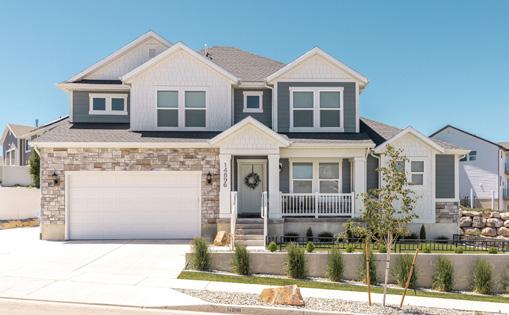
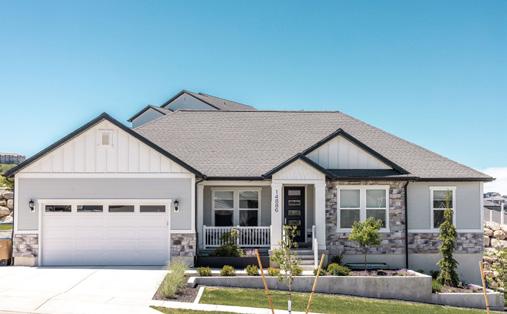


DRAINS
Drains collect and direct surface water away from the foundation of your home and into designated drainage flow lines or collection areas.
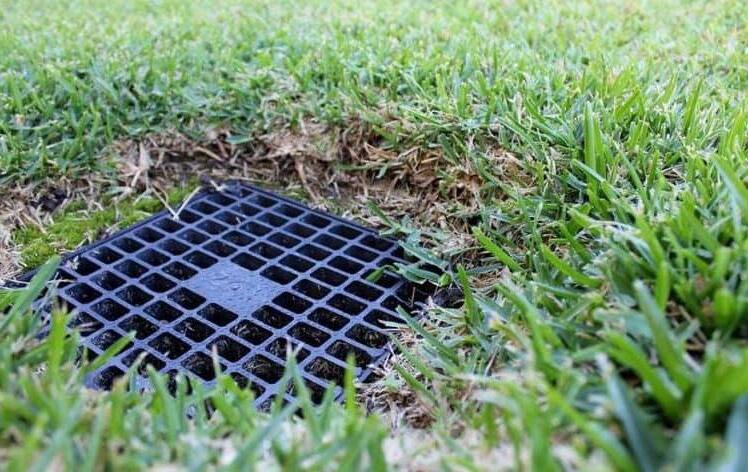


DRAINS MUST BE INCORPORATED INTO FINAL LANDSCAPING PLANS
Drains require upkeep to maintain them free from blockages or breaks and to keep the surrounding area free of debris or anything that would inhibit the flow of surface water into the drain.
Drains must be incorporated into final landscaping plans to maintain the flow of surface water to the drain.
If homeowner-placed drains are added, they must be placed and maintained in accordance with the proper directing of surface water.
RETAINING WALLS
Retaining walls assist in directing or holding surface water away from the foundation of the home and into designated drainage flow lines or collection areas.
Retaining walls must be maintained and covered with erosion resistant materials or plants.
Retaining walls require upkeep to maintain placement, size, water directing capabilities, and soil holding capabilities.
If homeowner-placed retaining walls are added, they must be placed and maintained in accordance with the proper directing of surface water.
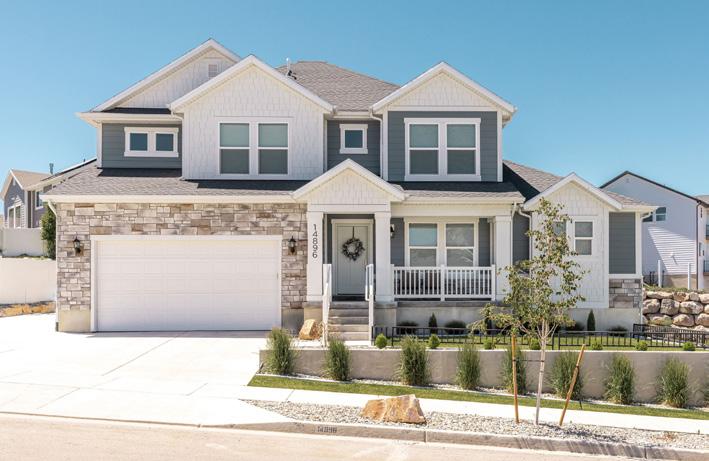

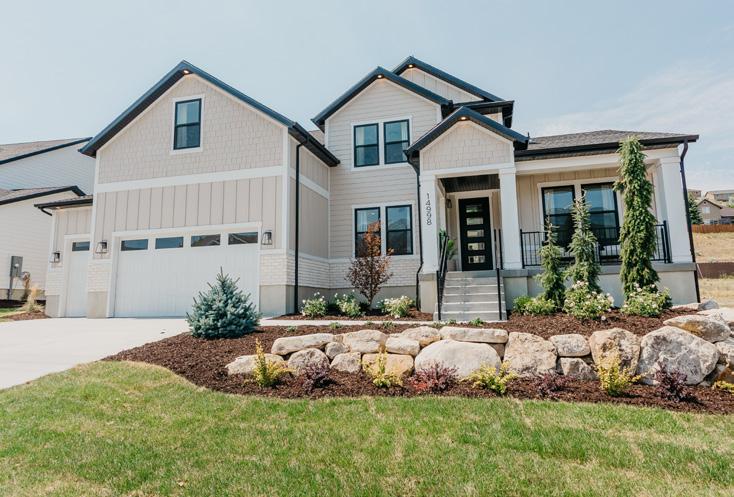
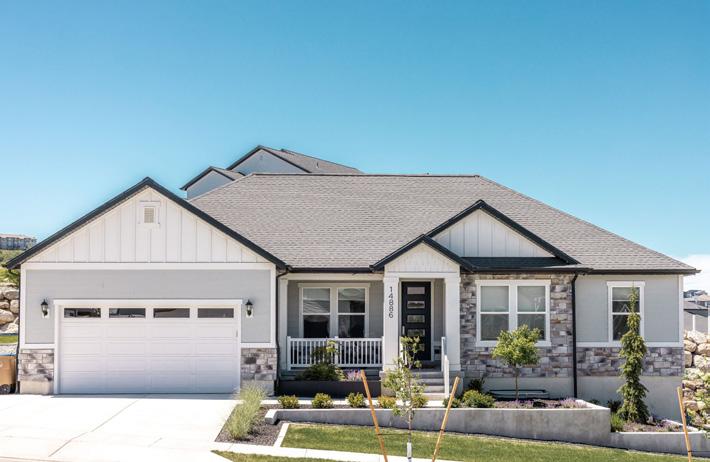

WINTERIZING YOUR SPRINKLER SYSTEM
Sprinkler systems need to be winterized every fall—typically in September or October—to prevent freezing and to ensure that the system will be ready to go in the Spring. There are two steps to winterizing your sprinkler system:
Completely shut off the sprinkler water, whether it is culinary water or pressurized irrigation.
Drain the pipes, drains, accessories, backflow valve preventers, filters, etc., of any water by opening them and running the system with the water off or by blowing them out with pressurized air. Once every part of the system is free of water, then the system is winterized.
SPRINKLER SYSTEMS NEED TO BE WINTERIZED
For more information and a step-by-step guide on how to winterize your sprinkler system visit:
https://www.automatedrain.com/how-to-videos/
https://www.edgehomes.com/home-maintenance-resources/



LANDSCAPING
Landscaping directs or holds surface water away from the home’s foundation and into designated drainage flow lines or collection areas.
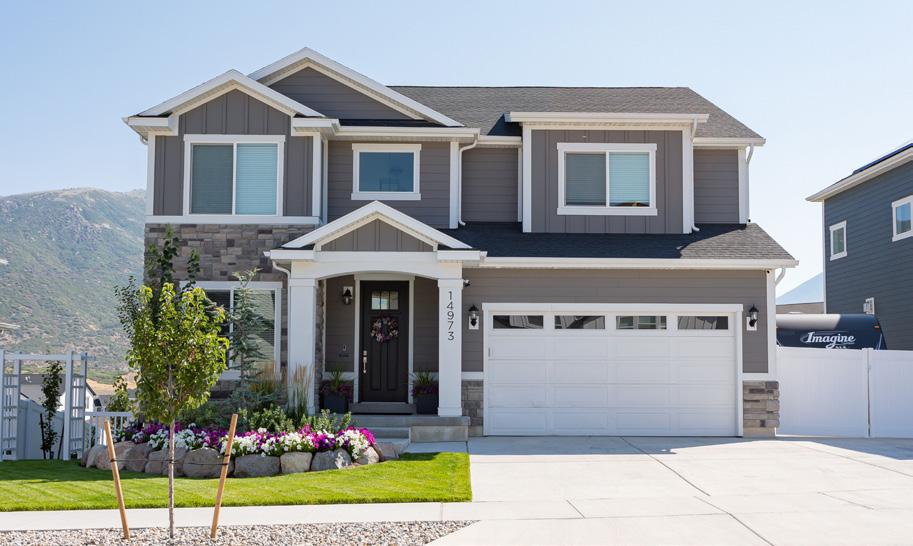
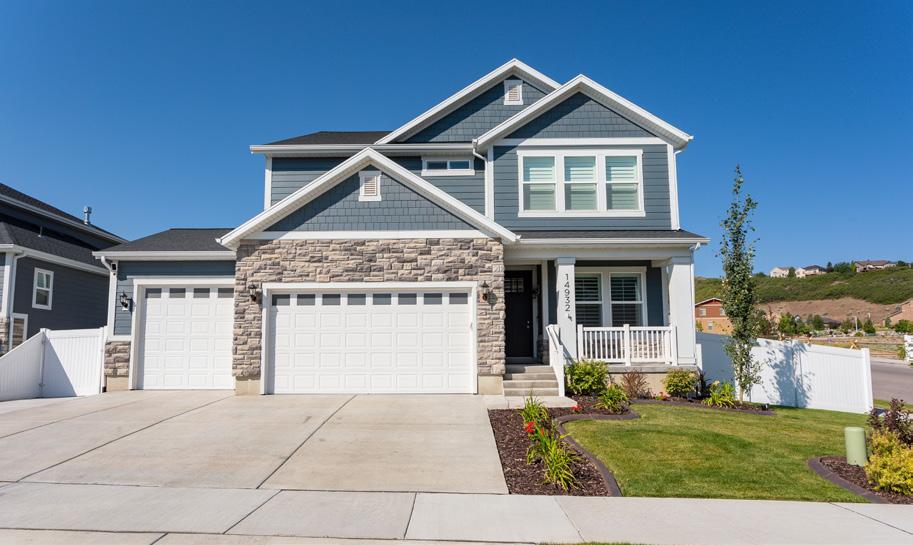
Landscaping needs to be placed and maintained to hold soil in place and minimize erosion.
Landscaping requires upkeep to maintain placement, water-directing capabilities, and soil-holding capabilities.
Landscaping must be maintained to ensure an equal or greater positive effect on drainage and retainage.
Landscaping needs to be maintained as originally installed.
If homeowner-placed landscaping is added, it must be placed and maintained in accordance with the proper directing of surface water and roof water.
No sod should be placed against the foundation of the home. Reserve the areas adjacent to the foundation of the home for xeriscaping or low-water plants.
Do not place irrigation lines or boxes near the home.
